Online auction apps are emerging as a leading category of the digital economy, changing the way we buy and sell, both new and used items. With an estimated global online auction market increasing to $32 billion by 2025, the need for easy-to-use, secure, and intuitive mobile app experiences is driving innovations in App Development and UI/UX. For startups and established companies exploring how to build an online auction app, these platforms offer real-time bidding functions that open access to new e-commerce opportunities and wider customer reach. They also help streamline payments and transactions conveniently through technology.
A well-designed auction app helps build trust, enables seamless payments, and ensures customer satisfaction in a market increasingly influenced by mobile applications and real-time bidding. For those interested in online auction app development, understanding core design trends, app development strategies, UI/UX priorities, and accurate auction app cost benchmarks is critical to success in today’s fast-evolving e-commerce space. Let’s get started:
Types Of Online Auction Apps
Online auctions are a huge part of how today’s e-commerce market operates, facilitating bidding, buying, and selling from any location with just a few taps. Whether they are auctioning off luxury items, real estate, or great fundraising opportunities for charity, platforms like these rely on cutting-edge app development & sleek payments integration, making your UI/UX interface bidder-friendly.
If you are a startup wanting to break into this niche, you must know the popular types of online auction apps to decide the right mobile or web app type for your business and be able to guarantee good performance, security, and convenience for all users.
1. Live Auction Apps
Live auction software brings the thrill of a standard bidding floor to your screen with live streaming and bidding chat. These apps let their users watch live auctions across the globe(or right down the street) and bid in real time, providing a true auction house experience on mobile and web devices.
From works of art to rare collectibles, fancy cars, antiques, and more, live auction apps can instantly connect you with bidders from across the globe. Creating such online auction platforms, the app should cater to low-latency streaming and secure payments, along with an intuitive UI/UX, making the experience uninterrupted.
For instance, eBay Live and Heritage Auctions have made the format popular in premium product sales while also proving that the smart app design, coupled with award-winning mobile app development, can turn any marketplace into a mobile or digital auction house stage.
2. Timed Auction Apps
Unlike live auctions, timed auction apps make clear to users the narrow window during which they will be able to enter their bids. This is an ultimately adaptable, stress-free strategy – perfect for e-commerce platforms that manage property, vehicles/or excess stock. Bidders can enter their offers at any time before the end, since that incentivizes strategy and expands participation.
When organizing auction app development, it would be wise for startups to concentrate on automation countdowns, bid notifications, and integrated payment gateways in order to secure transactions. Auction.com, for example, holds real estate auctions that allow bidders to participate via online submission within a specific time frame, while BidSpotter follows the same model for industrial machinery.
A responsive web app with excellent User Interface and fast load times ensures that bidders never miss a second, even on slower internet connections.
3. Silent Auction Apps
Silent auction apps are common in charity events, schools, and fundraising campaigns, where bidders submit their offers privately and cannot see competitors’ bids. Winning bidders are announced as soon as the auction concludes for a subtle but lively environment that’s fair and community-oriented.
These solutions often involve the use of mobile apps and web apps to allow for real-time updates, secure payments, and smooth event management on the part of the organizers. Apps such as GiveSmart, OneCause, and Handbid make it easy for nonprofits to raise funds quickly with minimal setup.
If you’re designing an online auction app for silent auctions, the focus should be on simplicity, clarity, and emotional resonance. It’s essential that donors and participants feel connected at every step of the process.
How Does An Online Auction App Work?
Through an online auction app, users can connect in a virtual marketplace to buy and sell products through easy bidding, payments, and transactions. A well-crafted auction system should aspire to be a secure, transparent, and fun experience for everyone involved. Here’s a step-by-step description of how it happens:
1. User Registration & Onboarding
The process starts when users sign up to access the plethora of items on the online auction app or site. They set up individual profiles with their name, email, and payment details. A nicely designed UI/UX ultimately helps make the registration process quick, secure, and frictionless — exactly what a startup wants to see when entering e-commerce auctioning.
2. Item Listing by Sellers
Once registered, sellers can list an item for auction. They post product photos, descriptions, reserve prices, and auction schedules. Some of the advanced auction software development services have even added features like bulk listings, category-specific filtering, and AI-based pricing recommendations to simplify item management for sellers.
3. Real-Time Bidding Process
Buyers browse the marketplace and start bidding on items that interest them. Depending on the platform type, bids can be automatic (set a max limit and let the system bid incrementally) or manual (users place each bid themselves). Real-time updates, smooth navigation, and responsive design, all part of good app development, keep users engaged throughout the auction.
4. Live Notifications and Bid Tracking
A smart online auction platform development firm includes instant notifications so bidders can know right away if they’ve been outbid or when an item they have tagged as a favorite is nearing the end. Such real-time updates foster competition and result in better user experience and engagement.
5. Auction Closing and Winner Declaration
When the auction timer runs out, and you are the top bidder, you win. Both the buyer and seller are more promptly informed of whether they have won the auction. Also, a summary of bid history, reserve prices, and the sale amount may be provided by the app for transparency.
6. Payments and Secure Transactions
After a successful bid, buyers then finalize their purchase with integrated payment gateways (credit card/debit card, stored value card, or online banking). Professionally developed auction platforms have the payment secured with PCI-DSS and encryption to guarantee security in payments. When payment is received, the seller will be alerted, and delivery of the item can be organized.
7. Feedback and Ratings
Once the transaction is done, both buyer and seller can rate each other and see comments about what they thought of the whole experience. In this way, it is a move that will help in retaining trust within the e-commerce marketplace, shaping repeat participation and credibility for young startups attempting to craft an auction site.
Top Features To Include In an Online Auction App
Building a successful online auction platform isn’t just about functionality — it’s about creating a seamless, interactive, and intelligent bidding experience for users. Whether you’re a startup, an established marketplace, or collaborating with an experienced AI app development company, integrating the right set of features ensures that your mobile app or web app stands out in the competitive e-commerce landscape.
Below are the must-have features that define a powerful, user-friendly auction platform development solution:
- Integration Capabilities
Strong auction platform builds should integrate effortlessly. This requires integration with several payment gateways and options, such as credit/debit cards or e-wallets, so that users can have a seamless experience while paying.
When it comes to raising money, the option of uploading a list of guests or being able to share custom-made individual links through social media in general helps drive participation and exposure.
- Real-Time Updates
If there’s an app that wants to compete with the rest and win over users, then it needs to offer notifications in real-time and live tracking of bids. Users can receive instant alerts through push notifications when they are outbid or as new items are added, which results in increased engagement and more activity.
Real-time views for admins can be used to feature additional items that need promoting, as well as featured products based on what’s trending, which in turn will help entice bidders and increase profits.
4. Bidding Models
A clear bidding process is fundamental. Popular auction models include:
- Buy It Now: Items are sold at a fixed price or to the highest bidder instantly.
- Proxy Bidding: The system automatically bids up to a user-defined maximum.
- Reserve Price: Items are sold only if bids meet or exceed the seller’s minimum price.
Regardless of the model, the mobile app or web app ensures a smooth transaction from bidding to item delivery.
5. Shopping Cart Functionality
As with other e-commerce sites, today’s auction apps come complete with a shopping cart to enable users to tick off multiple items from across various listings and pay for everything in one go. Functions like changing product quantities, deleting products, or saving for later can help improve UI/UX and user convenience.
6. Ratings and Reviews
Ratings and reviews create integrity for the market. Rational buyers can choose based on seller reputation, and rational sellers can coordinate their activities. For online auction platform development, having a good rating system is really important, especially for the newbies to get a boost.
7. Progress Tracking and Analytics
A robust online auction software development enables real-time analytics for admins- like traffic, bid trend, transaction, and sales overview. Historical information can provide insight into what items performed best and when you saw the most engagement to help grow the list.
8. Post-Event Reporting
In-depth post-event reports provide actionable insight for the next-generation auction platform:
- Auction results and winner data
- Bidder engagement and participation levels
- Most popular items and categories
- Successful bidding strategies
- Areas for improvement
This data analysis aids in better planning, enhances UI/UX, and molds future auctions or fundraising campaigns. Using AI Integration Services, insights can be automated and bidder behavior can be predicted, with a web application development company introducing enhancements to make it a better platform.
Steps To Build An Online Auction App
1. Define The Type of App
The first step in online auction development is choosing the auction format that fits your business model. Each type determines how bids are placed and how winners are decided:
- English Auction: Starts with a base price and increases with each bid until the highest bidder wins.
- Dutch Auction: Begins with a high price that gradually lowers until someone accepts it.
- Vickrey Auction: The highest bidder wins but pays the amount of the second-highest bid.
- Sealed Bid Auction: All bids are submitted secretly, and the highest bidder wins after the bids are revealed.
- Double Auction: Both buyers and sellers submit their prices, and the system finds a match that satisfies both sides.
- Penny Auction: Participants place bids in small increments. When the timer ends, the last bidder wins the item.
Choosing the right auction type early on helps in structuring the app development and user flow correctly.
2. Design an Intuitive UI/UX
After the auction type is done, UI/UX design can be described as the rock of your project. The aim is to make the bidding process smooth, swift, and emotionally engaging.
A strong design always strikes the right balance between visual appeal and ease of use, be it intuitive navigation and live bid updates, or secure payment buttons and chat options. Browsing, bidding, and payment should be a breeze from the mobile or web app interface.
At this point, most teams will start (or have already built) wireframes and prototypes that map the path users take before ever starting to write code.
Also Read:- How To Design Mobile App Interface?
3. Build the Frontend and Backend
After the design is finalized, developers get to work building the frontend and backend.
On the frontend side, we’ve made interactive pages that show products, live bidding, and all the info users need in a nice dashboard, making sure each animation, timer, and button looks and works great on mobile as well.
The heavy lifting is done by backend development, server setup, API integrations, payment gateways, notifications, and data security. Scalability is especially important in this case, as a large marketplace serving thousands of concurrent bids without lag needs to be built.
This is the part that determines how efficient and stable your online auction app will be in real life.
4. Integrate Secure Payments
Trust is the keystone in auction app development. Having various means of payment (credit/debit cards, UPI, wallets, and occasionally crypto) provides flexibility for worldwide users.
Modern development of auction software also has to follow the data security requirements, such as PCI DSS for card payments. Escrow services can be integrated to hold payments securely until both buyer and seller approve the transaction, thereby building mutual trust.
5. Test the App Thoroughly
Before launch, extensive manual and automated testing ensure the app performs reliably under different conditions. This includes load testing for large-scale bidding, checking UI/UX consistency across devices, and scanning for security vulnerabilities.
Leading online auction platform development companies often include user acceptance testing (UAT), where real users interact with the app and share feedback before the final release. helps identify usability issues that may not be evident during development.
6. Launch and Monitor
Once the testing phase is complete, it’s time to launch the auction platform on the web and mobile app stores. Following platform guidelines (like Google Play and App Store compliance) ensures smooth approval.
After launch, continuous monitoring of user feedback, app performance, and bidding activity helps identify areas for improvement. Regular updates and bug fixes are part of post-launch app development support to keep the platform running efficiently.
Also Read:- Technologies to Develop Mobile Apps
Cost Of Developing An Online Auction App
The cost to build an online auction app depends on various factors such as design complexity, tech stack, features, and the auction platform development company you choose to partner with. Whether you’re a startup or an established marketplace, your overall budget will vary depending on integrations like payments, AI features, and scalability requirements.
Here’s a breakdown of the estimated costs involved in online auction software development:
| Cost Factors | Estimated Price Range |
| Domain | $300 – $600 per year (for exclusive domain) |
| Hosting | $60 per year (shared hosting) $1,200 per year (dedicated hosting) |
| UI/UX Design | $6,000 – $15,000 |
| App Development | $50,000 – $100,000 |
| Content Creation & Management | $500 – $1,000 per month |
| Add-ons & Integrations | $120 – $180 per year |
Conclusion
Developing an online auction app is about more than just building a digital marketplace—it’s about crafting a transparent, high-performing ecosystem that inspires trust and excitement among users. With the right blend of design precision, secure infrastructure, real-time functionality, and seamless user experience, startups and enterprises alike can tap into the growing e-commerce bidding landscape. As digital transformation reshapes how people buy and sell globally, investing in a thoughtfully designed, scalable auction platform can open doors to stronger customer engagement, higher conversions, and a truly competitive edge in the online marketplace.


 Healthcare App Development Services
Healthcare App Development Services
 Real Estate Web Development Services
Real Estate Web Development Services
 E-Commerce App Development Services
E-Commerce App Development Services E-Commerce Web Development Services
E-Commerce Web Development Services Blockchain E-commerce Development Company
Blockchain E-commerce Development Company
 Fintech App Development Services
Fintech App Development Services Fintech Web Development
Fintech Web Development Blockchain Fintech Development Company
Blockchain Fintech Development Company
 E-Learning App Development Services
E-Learning App Development Services
 Restaurant App Development Company
Restaurant App Development Company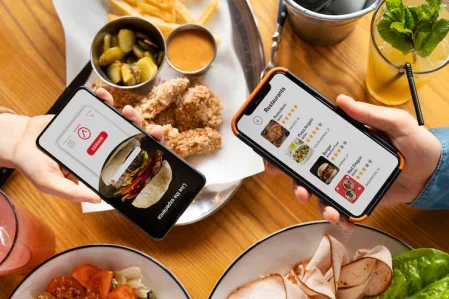
 Mobile Game Development Company
Mobile Game Development Company
 Travel App Development Company
Travel App Development Company
 Automotive Web Design
Automotive Web Design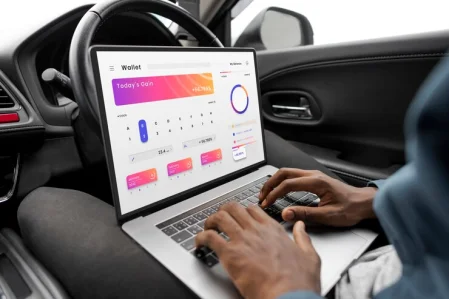
 AI Traffic Management System
AI Traffic Management System
 AI Inventory Management Software
AI Inventory Management Software
 AI Software Development
AI Software Development  AI Development Company
AI Development Company  AI App Development Services
AI App Development Services  ChatGPT integration services
ChatGPT integration services  AI Integration Services
AI Integration Services  Generative AI Development Services
Generative AI Development Services  Natural Language Processing Company
Natural Language Processing Company Machine Learning Development
Machine Learning Development  Machine learning consulting services
Machine learning consulting services  Blockchain Development
Blockchain Development  Blockchain Software Development
Blockchain Software Development  Smart Contract Development Company
Smart Contract Development Company  NFT Marketplace Development Services
NFT Marketplace Development Services  Asset Tokenization Company
Asset Tokenization Company DeFi Wallet Development Company
DeFi Wallet Development Company Mobile App Development
Mobile App Development  IOS App Development
IOS App Development  Android App Development
Android App Development  Cross-Platform App Development
Cross-Platform App Development  Augmented Reality (AR) App Development
Augmented Reality (AR) App Development  Virtual Reality (VR) App Development
Virtual Reality (VR) App Development  Web App Development
Web App Development  SaaS App Development
SaaS App Development Flutter
Flutter  React Native
React Native  Swift (IOS)
Swift (IOS)  Kotlin (Android)
Kotlin (Android)  Mean Stack Development
Mean Stack Development  AngularJS Development
AngularJS Development  MongoDB Development
MongoDB Development  Nodejs Development
Nodejs Development  Database Development
Database Development Ruby on Rails Development
Ruby on Rails Development Expressjs Development
Expressjs Development  Full Stack Development
Full Stack Development  Web Development Services
Web Development Services  Laravel Development
Laravel Development  LAMP Development
LAMP Development  Custom PHP Development
Custom PHP Development  .Net Development
.Net Development  User Experience Design Services
User Experience Design Services  User Interface Design Services
User Interface Design Services  Automated Testing
Automated Testing  Manual Testing
Manual Testing  Digital Marketing Services
Digital Marketing Services 
 Ride-Sharing And Taxi Services
Ride-Sharing And Taxi Services Food Delivery Services
Food Delivery Services Grocery Delivery Services
Grocery Delivery Services Transportation And Logistics
Transportation And Logistics Car Wash App
Car Wash App Home Services App
Home Services App ERP Development Services
ERP Development Services CMS Development Services
CMS Development Services LMS Development
LMS Development CRM Development
CRM Development DevOps Development Services
DevOps Development Services AI Business Solutions
AI Business Solutions AI Cloud Solutions
AI Cloud Solutions AI Chatbot Development
AI Chatbot Development API Development
API Development Blockchain Product Development
Blockchain Product Development Cryptocurrency Wallet Development
Cryptocurrency Wallet Development About Talentelgia
About Talentelgia  Our Team
Our Team  Our Culture
Our Culture 
 Healthcare App Development Services
Healthcare App Development Services Real Estate Web Development Services
Real Estate Web Development Services E-Commerce App Development Services
E-Commerce App Development Services E-Commerce Web Development Services
E-Commerce Web Development Services Blockchain E-commerce
Development Company
Blockchain E-commerce
Development Company Fintech App Development Services
Fintech App Development Services Finance Web Development
Finance Web Development Blockchain Fintech
Development Company
Blockchain Fintech
Development Company E-Learning App Development Services
E-Learning App Development Services Restaurant App Development Company
Restaurant App Development Company Mobile Game Development Company
Mobile Game Development Company Travel App Development Company
Travel App Development Company Automotive Web Design
Automotive Web Design AI Traffic Management System
AI Traffic Management System AI Inventory Management Software
AI Inventory Management Software AI Software Development
AI Software Development AI Development Company
AI Development Company ChatGPT integration services
ChatGPT integration services AI Integration Services
AI Integration Services Machine Learning Development
Machine Learning Development Machine learning consulting services
Machine learning consulting services Blockchain Development
Blockchain Development Blockchain Software Development
Blockchain Software Development Smart contract development company
Smart contract development company NFT marketplace development services
NFT marketplace development services IOS App Development
IOS App Development Android App Development
Android App Development Cross-Platform App Development
Cross-Platform App Development Augmented Reality (AR) App
Development
Augmented Reality (AR) App
Development Virtual Reality (VR) App Development
Virtual Reality (VR) App Development Web App Development
Web App Development Flutter
Flutter React
Native
React
Native Swift
(IOS)
Swift
(IOS) Kotlin (Android)
Kotlin (Android) MEAN Stack Development
MEAN Stack Development AngularJS Development
AngularJS Development MongoDB Development
MongoDB Development Nodejs Development
Nodejs Development Database development services
Database development services Ruby on Rails Development services
Ruby on Rails Development services Expressjs Development
Expressjs Development Full Stack Development
Full Stack Development Web Development Services
Web Development Services Laravel Development
Laravel Development LAMP
Development
LAMP
Development Custom PHP Development
Custom PHP Development User Experience Design Services
User Experience Design Services User Interface Design Services
User Interface Design Services Automated Testing
Automated Testing Manual
Testing
Manual
Testing About Talentelgia
About Talentelgia Our Team
Our Team Our Culture
Our Culture
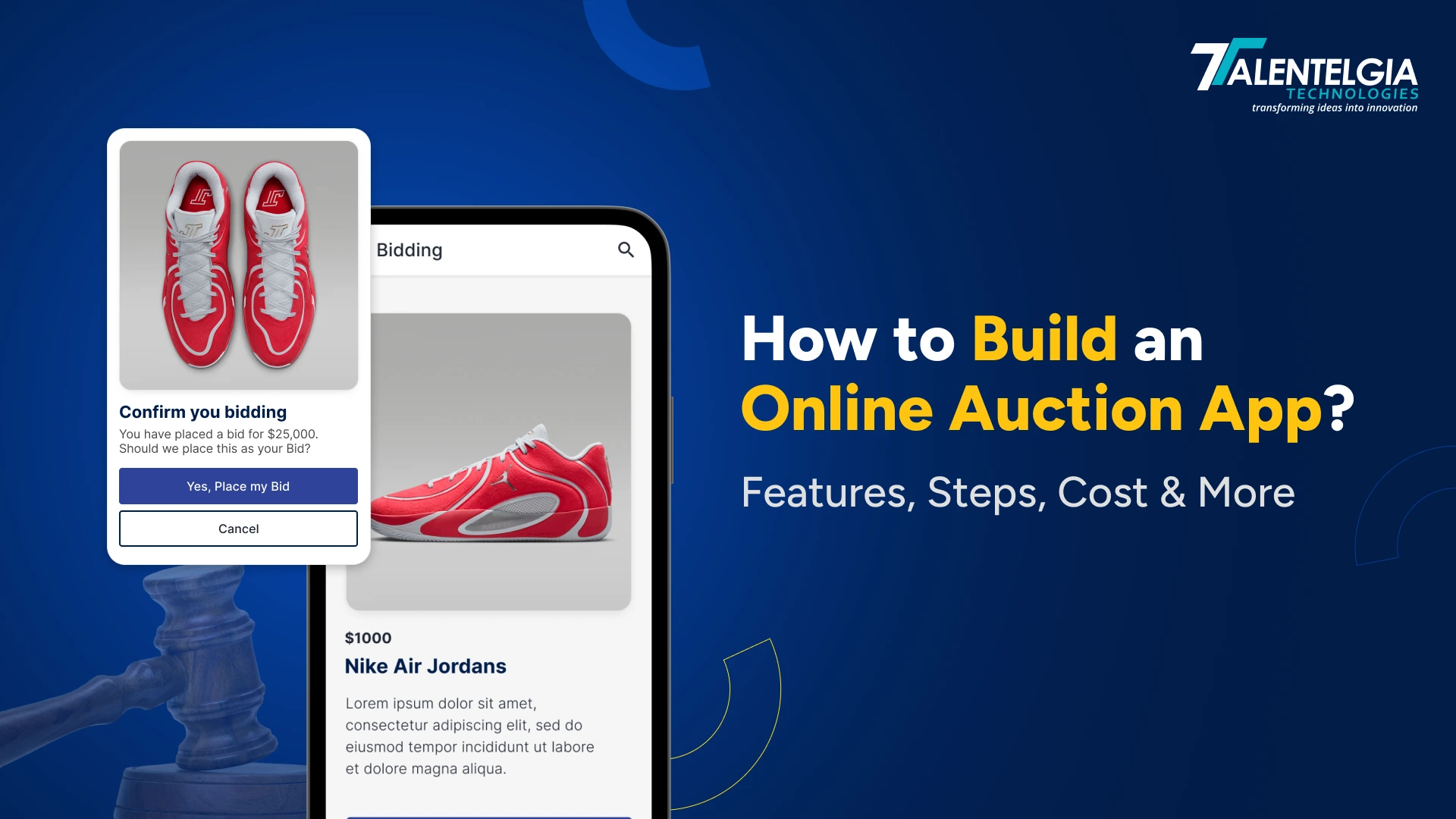

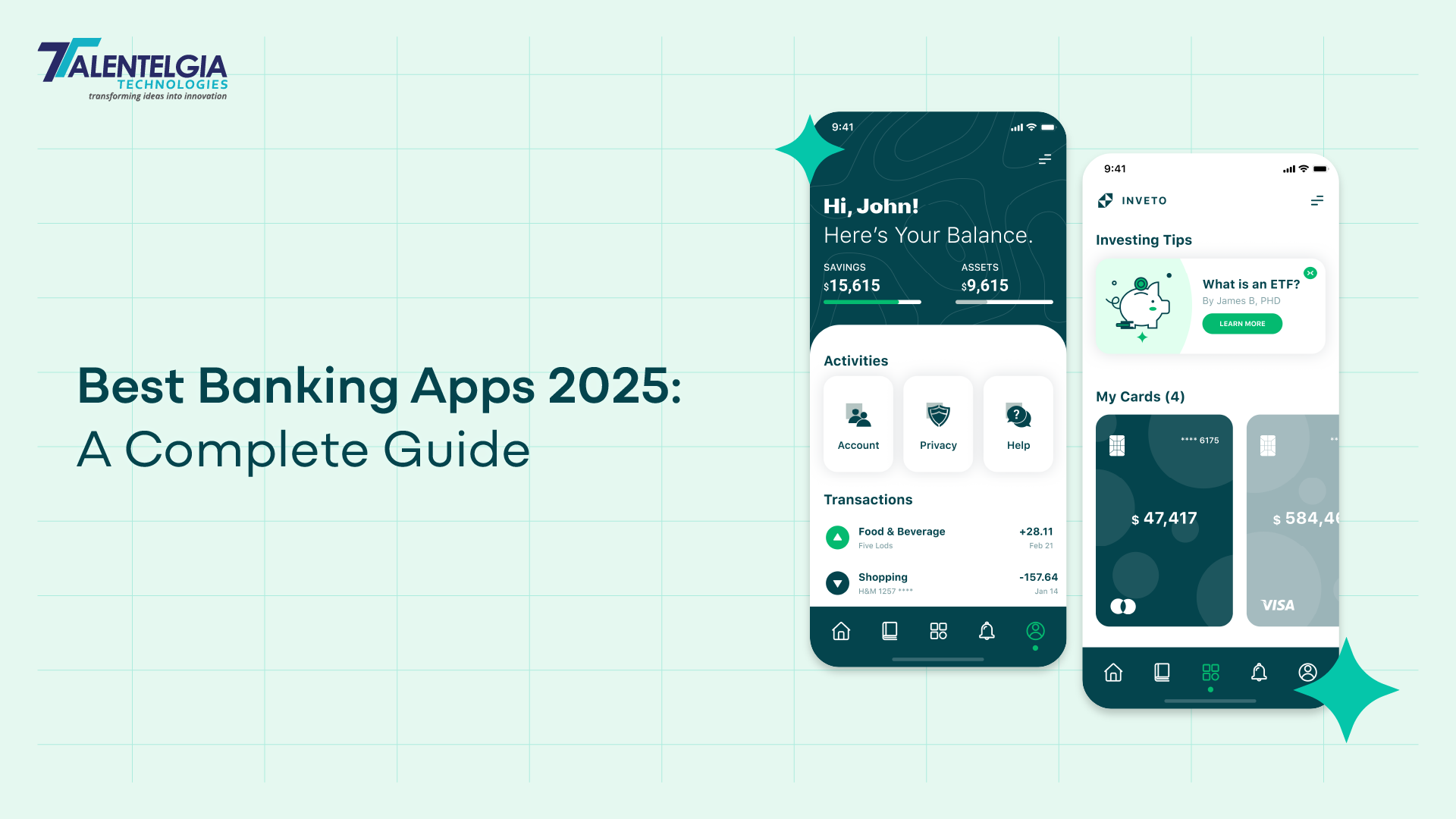

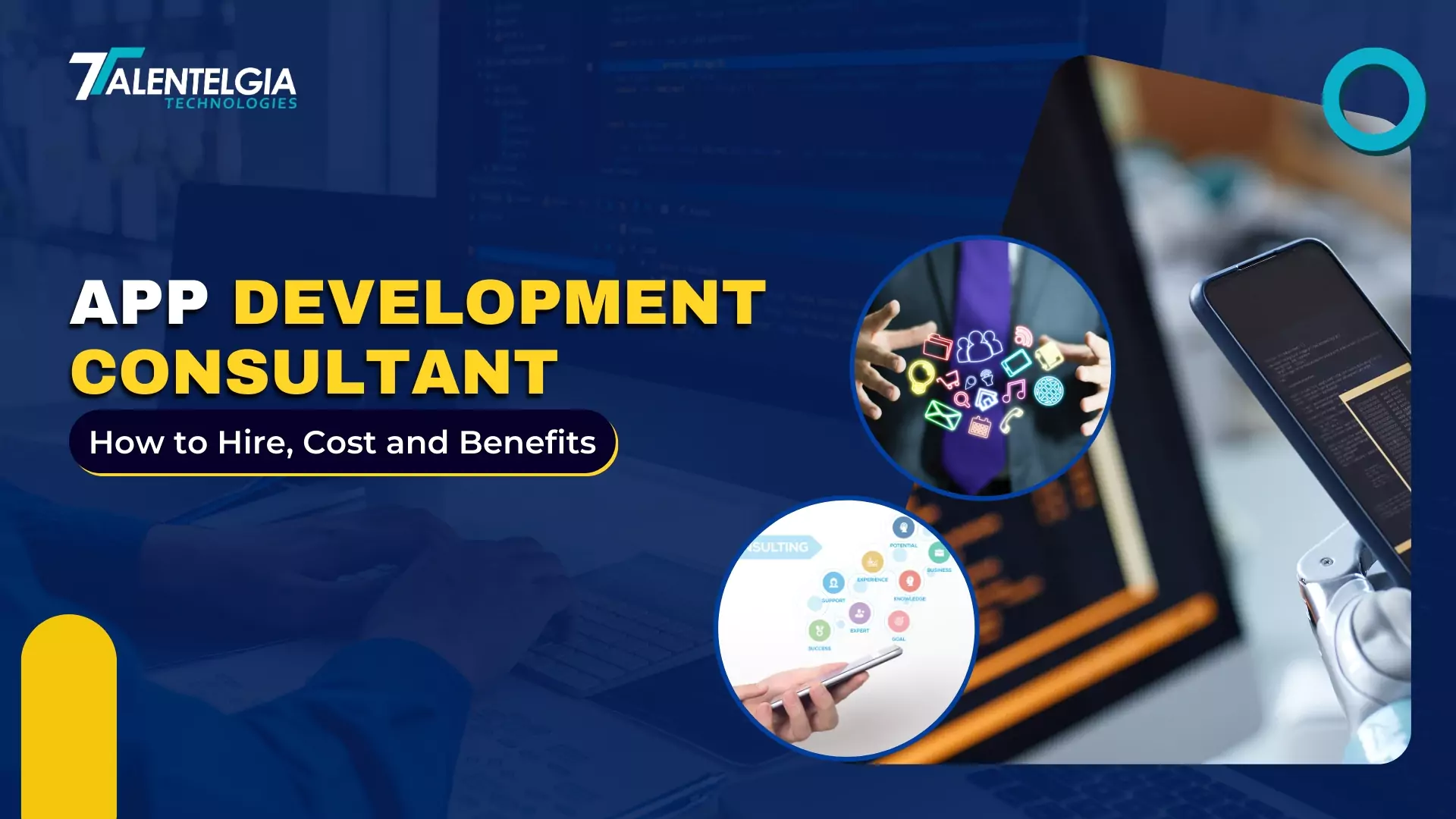
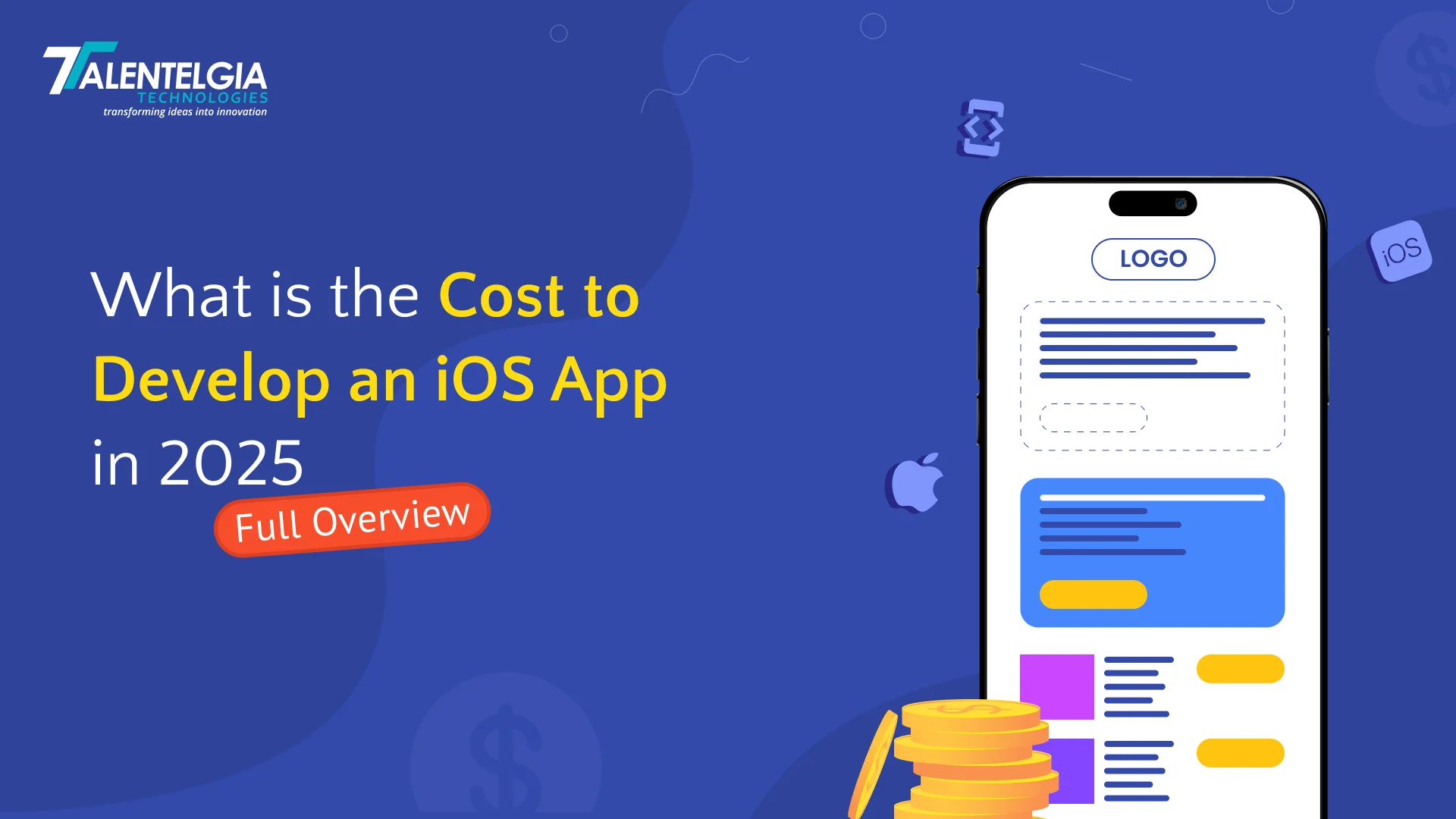












 Write us on:
Write us on:  Business queries:
Business queries:  HR:
HR: 




